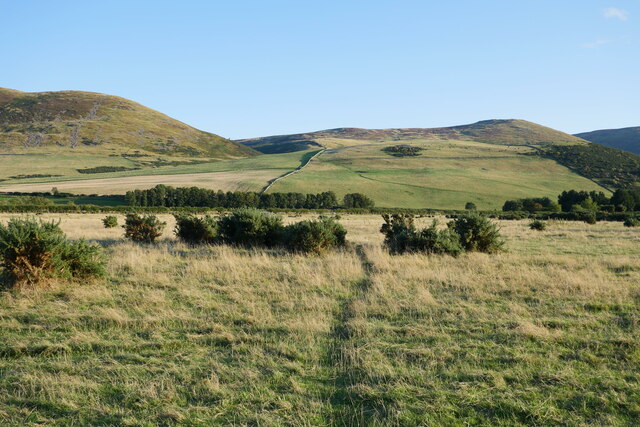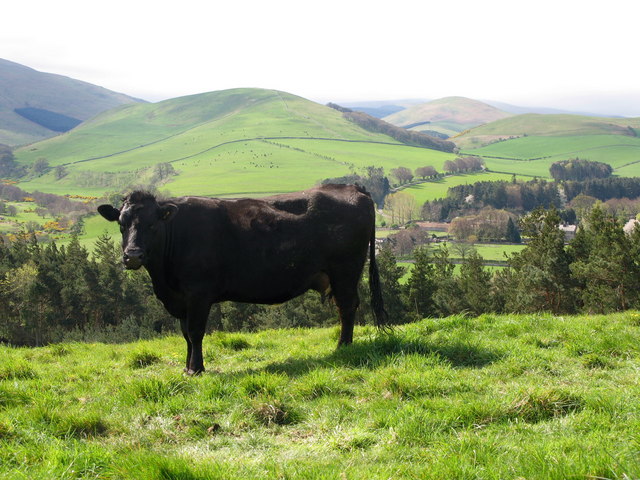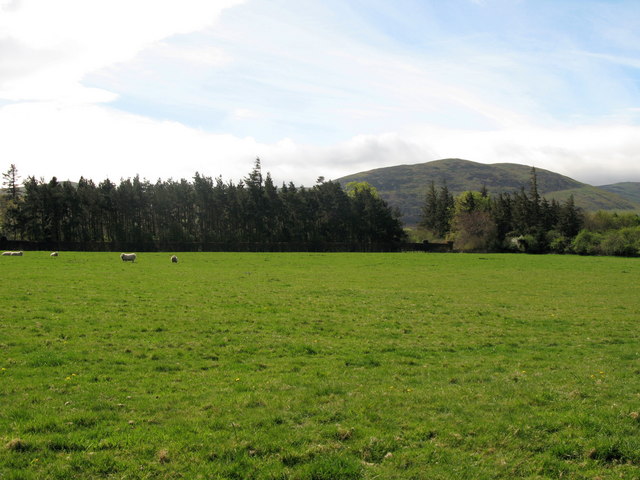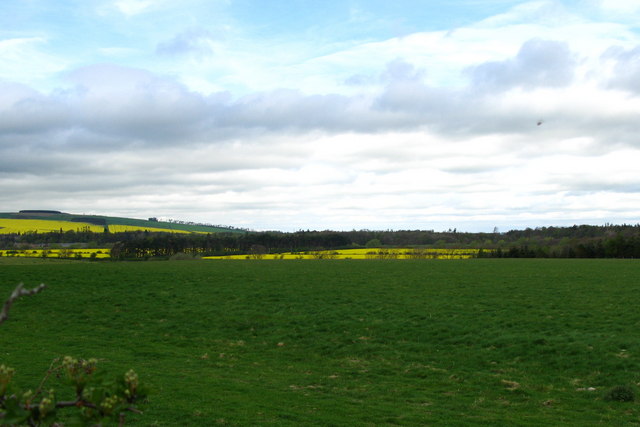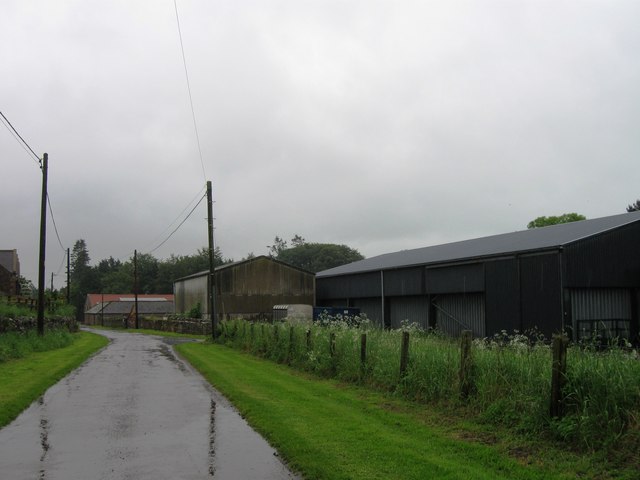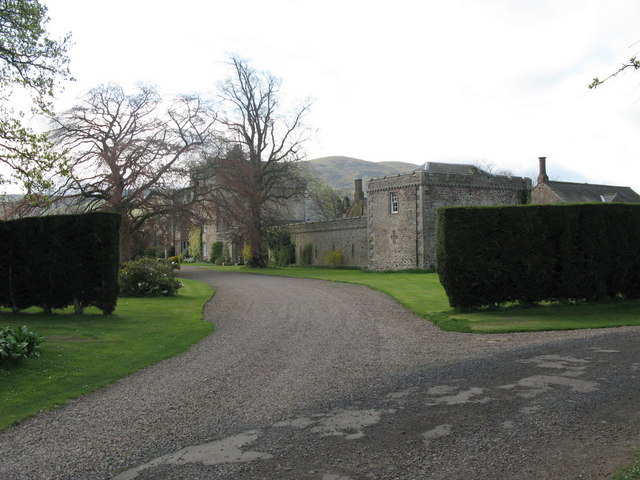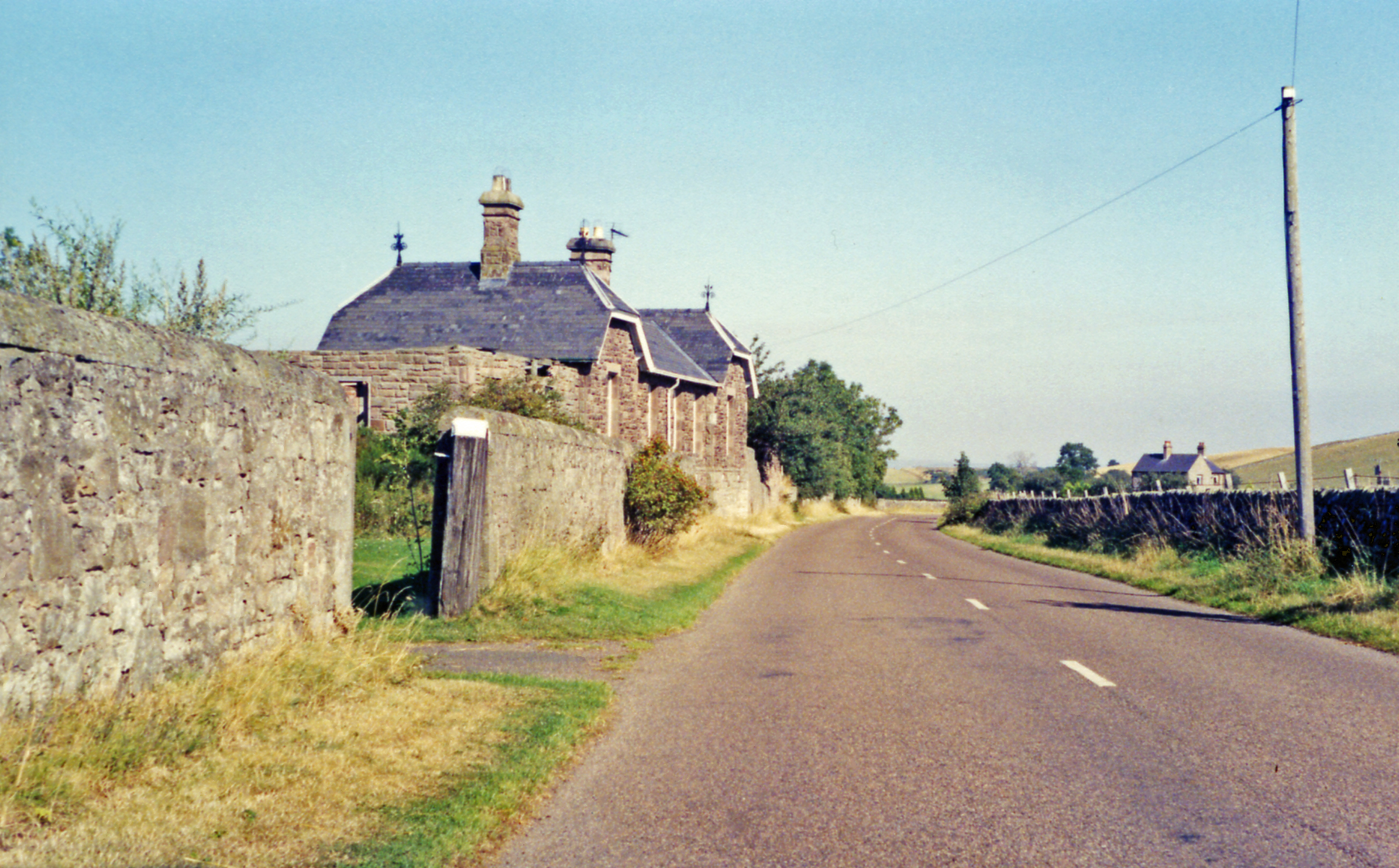Battle Stone
Heritage Site in Northumberland
England
Battle Stone

Battle Stone is a significant heritage site located in the county of Northumberland, England. Situated atop a prominent hill, the site offers panoramic views of the surrounding landscape and holds great historical importance. The stone itself is a large standing stone, measuring approximately 4 meters in height and believed to date back to the Bronze Age, around 2000 BCE.
This ancient monument has long been a subject of intrigue and speculation among archaeologists and historians. Its purpose and significance remain somewhat elusive, with various theories suggesting religious, ceremonial, or even astronomical associations. The stone's imposing presence and its alignment with the sun during certain times of the year have contributed to these theories.
In addition to its prehistoric allure, Battle Stone is also linked to more recent history. It is believed to have played a role as a boundary marker during medieval times, demarcating the border between two historic territories – Northumberland and Scotland. This connection to the region's turbulent past adds to the site's historical value.
Today, Battle Stone continues to draw visitors who are captivated by its enigmatic nature and breathtaking views. It offers an opportunity to experience a tangible link to the past and immerse oneself in the rich heritage of Northumberland. The site is well-maintained and accessible, with interpretive panels providing information to visitors about its history and significance.
Overall, Battle Stone is a remarkable heritage site that stands as a testament to Northumberland's ancient and medieval history. It offers an intriguing glimpse into the past and provides a unique experience for those interested in exploring the region's rich cultural heritage.
If you have any feedback on the listing, please let us know in the comments section below.
Battle Stone Images
Images are sourced within 2km of 55.568/-2.118 or Grid Reference NT9230. Thanks to Geograph Open Source API. All images are credited.

![Medieval Pele Tower &quot;A long quadrangular house at Old Yeavering has walls five feet thick and is probably a medieval pele.
The building is now used as a farm outbuilding and is in reasonable condition.&quot;
Hence the reason for the independently supported roof.
Source: Heritagegateway.org.uk. (2012). Heritage Gateway - Results. Monument Number 3875. [online] Available at: <span class="nowrap"><a title="https://www.heritagegateway.org.uk/Gateway/Results_Single.aspx?uid=c4c0a494-2a11-418f-8a59-907a52a8cc6c&amp;resourceID=19191" rel="nofollow ugc noopener" href="https://www.heritagegateway.org.uk/Gateway/Results_Single.aspx?uid=c4c0a494-2a11-418f-8a59-907a52a8cc6c&amp;resourceID=19191">Link</a><img style="margin-left:2px;" alt="External link" title="External link - shift click to open in new window" src="https://s1.geograph.org.uk/img/external.png" width="10" height="10"/></span> [Accessed 21 Jun. 2022].](https://s1.geograph.org.uk/geophotos/07/20/59/7205989_3f408b45.jpg)

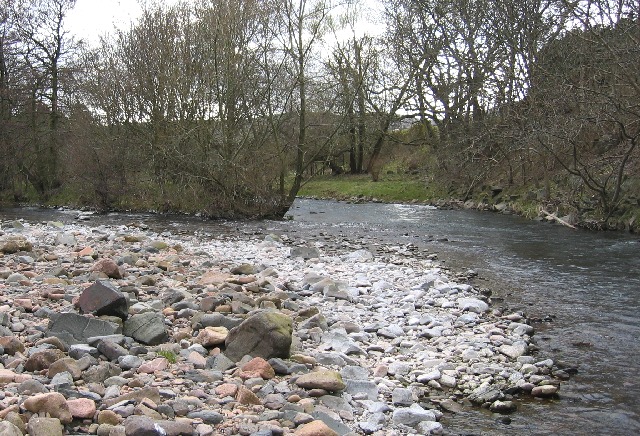


Battle Stone is located at Grid Ref: NT9230 (Lat: 55.568, Lng: -2.118)
What 3 Words
///variation.sides.thinks. Near Kirknewton, Northumberland
Nearby Locations
Related Wikis
Nearby Amenities
Located within 500m of 55.568,-2.118Have you been to Battle Stone?
Leave your review of Battle Stone below (or comments, questions and feedback).
